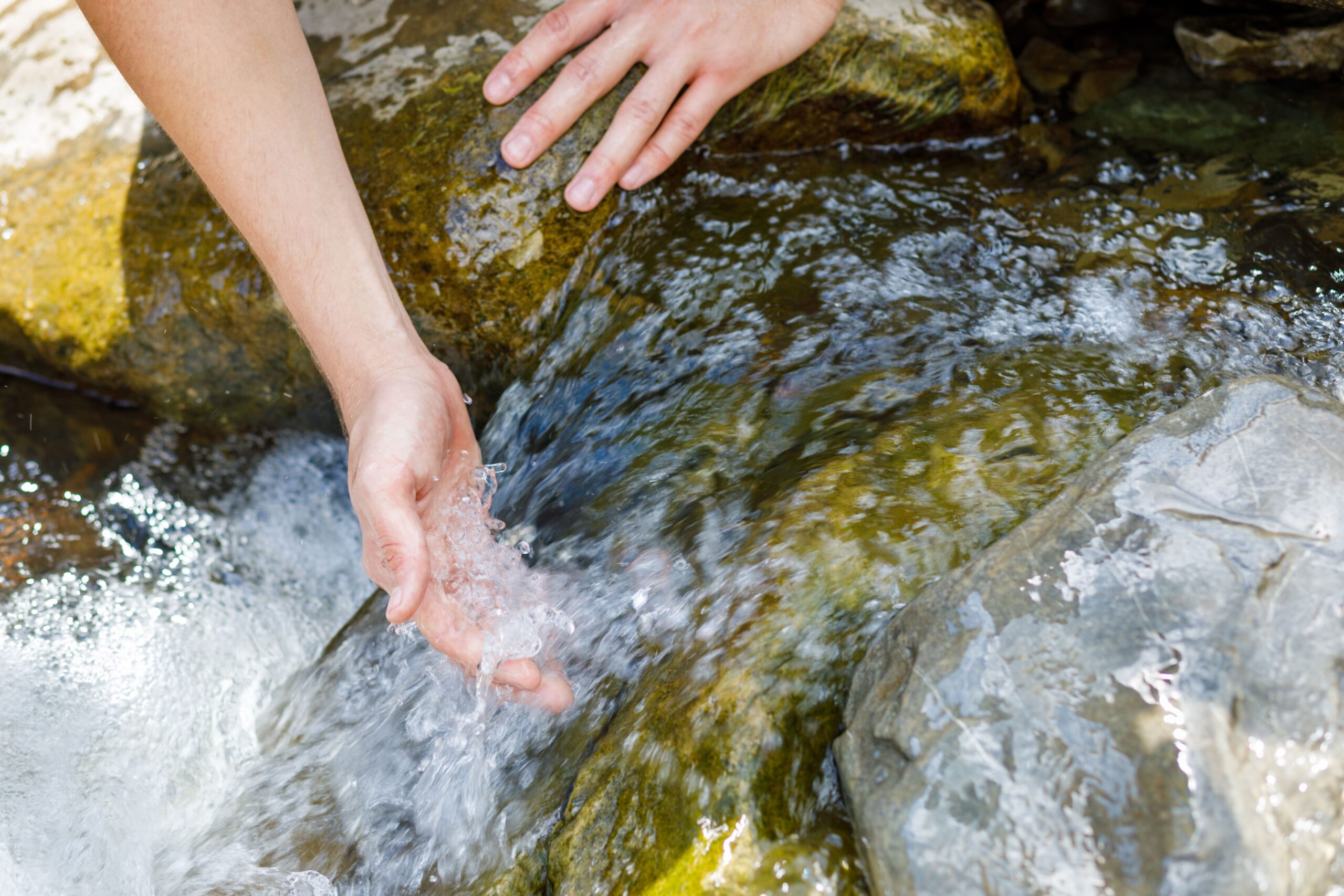
3 ways to contribute to river revitalisation using technology
La salud de nuestros ríos refleja la salud de nuestro planeta. Descubre cómo contribuye la tecnología en la potabilización de ríos, combatiendo la contaminación y garantizando fuentes de agua sostenibles.
The health of our rivers is a direct reflection of the health of our planet. However, today, many of these vital water bodies are severely contaminated due to uncontrolled human activity and a lack of environmental awareness. Water pollution not only threatens aquatic life and surrounding ecosystems but also poses significant risks to human health and food security. Fortunately, technology can play a crucial role in river revitalisation, revitalising contaminated rivers and restoring these vital water resources to their natural state. In this article, we will explore how technology can make possible the transformation of contaminated rivers into safe and sustainable sources of drinking water, emphasising the importance of river revitalisation efforts.
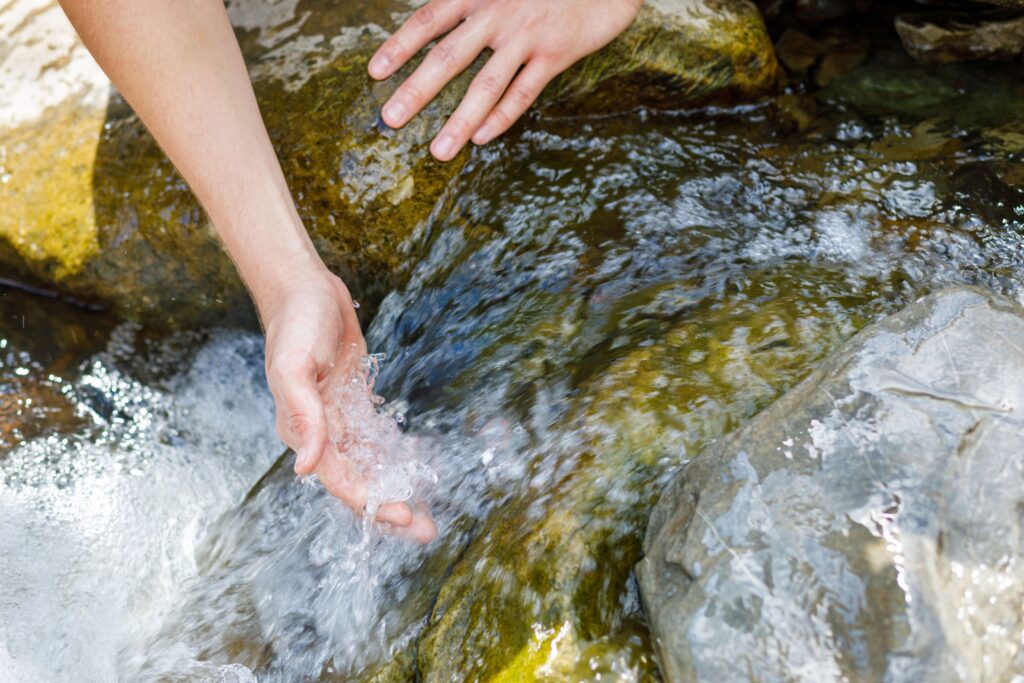
Table of Contents
River revitalisation with technology in 3 Steps
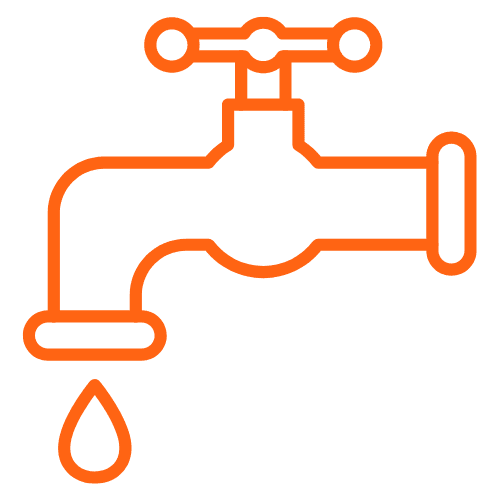
Precise diagnosis with advanced technology
The first step on the path to river revitalisation is understanding the nature and scope of pollution. This is where technology plays a fundamental role by providing precise and sophisticated diagnostic tools. With real-time monitoring systems, technology enables the collection of detailed data on water quality, identification of pollution sources, and evaluation of environmental impact over time. This precise diagnosis serves as a basis for implementing effective mitigation and restoration strategies.
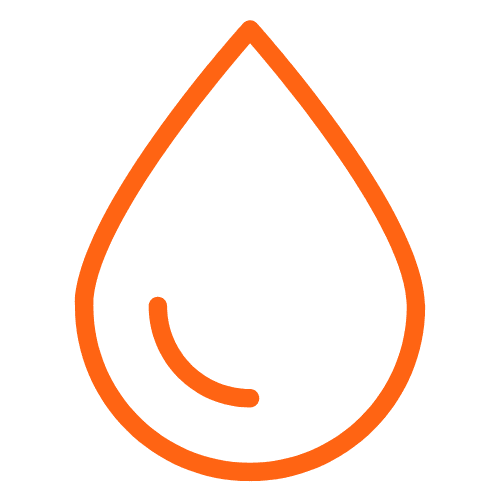
Implementation of customised mitigation strategies
Once pollution has been identified, it is crucial to implement effective and customised mitigation strategies. Technology allows us to design solutions tailored to the specific needs of each river and its environment. By analysing collected data and applying predictive models, we can determine the most effective measures to reduce pollution and restore water quality. This could involve implementing filtration systems, reducing industrial or agricultural discharges, or restoring natural habitats.
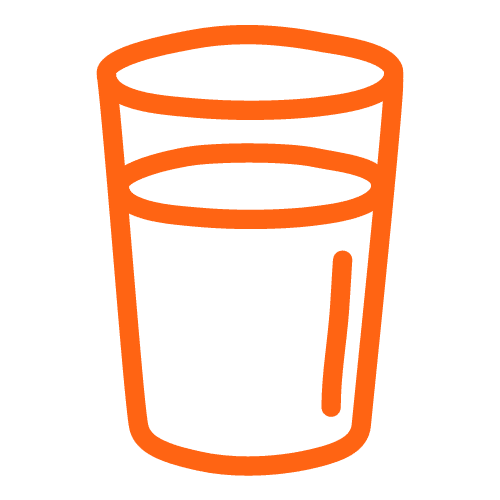
Continuous monitoring for long-term sustainability
Once water quality has been restored, continuous monitoring is essential to ensure the long-term sustainability of revitalised rivers. In this regard, technology offers real-time monitoring solutions that allow authorities and environmental organisations to closely supervise water quality, detect changes in pollution levels, and proactively respond to any potential threats. Additionally, AI-based tracking systems can predict pollution trends and patterns, enabling more efficient and results-oriented management.
A success story: Drinkable Rivers
At Nucleoo, we are proud of our commitment to river revitalisation. Through our collaboration with Drinkable Rivers, we contribute to this cause by providing a data platform aimed at making rivers safe for water consumption. Our agile platform extracts valuable information empowering decision-makers and raising awareness about the importance of safe drinking water. With a focus on data management, analysis, and software development, we have overcome the challenge of handling large amounts of water measurement data collected by citizen scientists. Additionally, we have enabled efficient processing and organisation of water samples, leading to a better understanding of our rivers’ health. Thanks to this platform, flexible algorithms can now be developed, and custom reports generated on demand, facilitating access to crucial information about our rivers’ past, present, and future. This not only provides valuable insights for local governments but also increases public awareness of the importance of protecting our water resources.
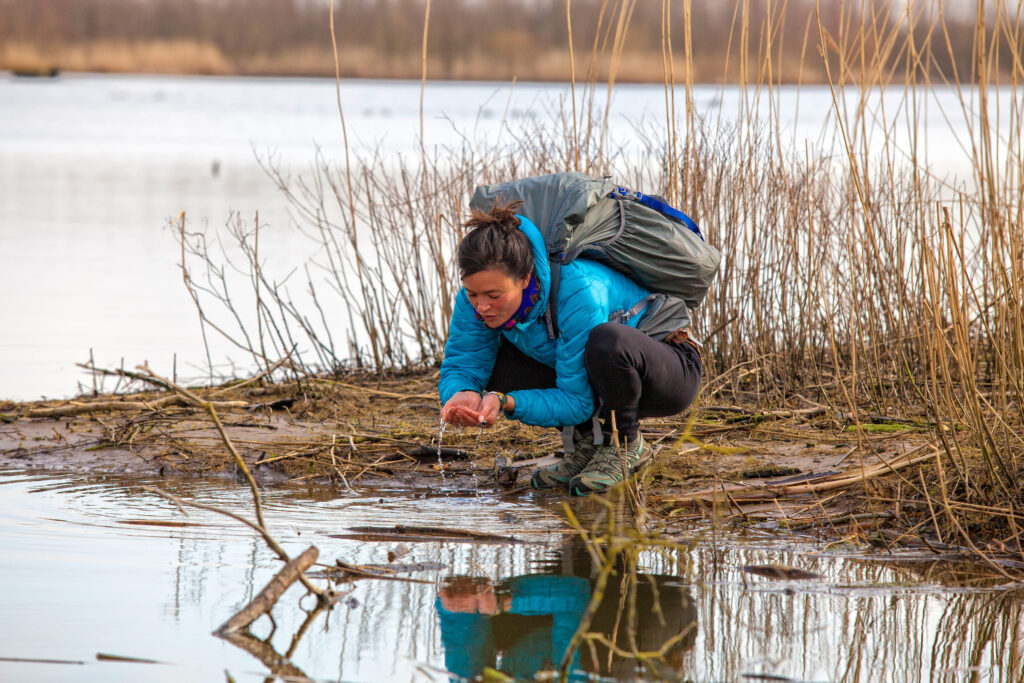
Conclusion: a sustainable future through technology
In conclusion, technology can play a vital role in transforming contaminated rivers into safe and sustainable water resources. From precise diagnosis to innovative treatment and continuous monitoring, technology can offer a wide range of tools and solutions to address the most urgent environmental challenges of our time. As we continue to move towards a more sustainable future, it is crucial to harness the power of technology to protect and preserve our precious water resources for future generations. At Nucleoo, we are committed to this change and to continuing to develop innovative solutions to revitalise our rivers and ensure a more prosperous and healthy future for all.

